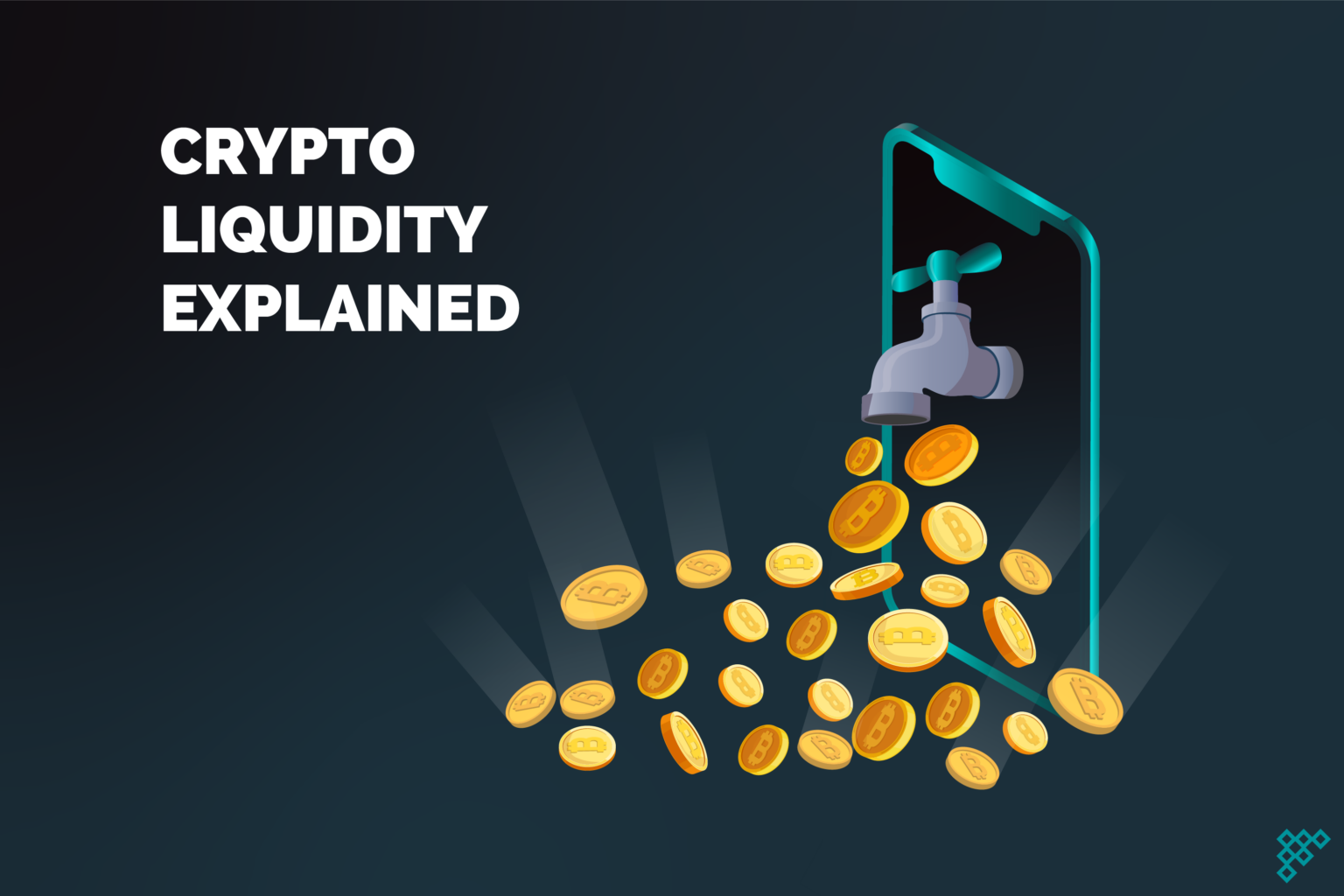
Crypto Liquidity Still Low – What Are the Effects on the Market?
Introduction
In recent times, the crypto market has seen exponential growth in terms of market capitalization and user adoption. However, despite this growth, one key challenge that the market continues to face is the low level of liquidity. The level of market liquidity is very important as it determines the ease at which a cryptocurrency is bought and sold.
High liquidity for instance makes it very easy for investors to buy Bitcoin and Cryptocurrency in USA and any other region, while low liquidity makes it difficult to buy and sell them at the exact market price. In a low liquidity market, there are fewer buyers and sellers, which means that transactions can have a greater impact on the price of the asset. We have therefore discussed in detail in this work the many ways in which liquidity affects the crypto market today.
Meaning of liquidity in crypto trading
Liquidity in crypto trading refers to the ease with which a cryptocurrency can be bought or sold on an exchange without affecting its market price.
In a highly liquid market, there are many buyers and sellers, which means that orders can be executed quickly and at a fair price. In contrast, a market with low liquidity has fewer buyers and sellers, making it harder to execute trades quickly and at a fair price.
Liquidity is an important factor to consider when trading cryptocurrencies because it affects the ability to enter and exit positions, the price at which trades are executed, and the overall volatility of the market. High liquidity can help to reduce transaction costs and increase trading opportunities, while low liquidity can lead to increased volatility and potential price slippage.
What are the Effects of Low Liquidity on the Crypto market?
The low liquidity in the cryptocurrency market can have several effects. First, it makes it challenging for traders and investors to enter and exit positions in a timely and efficient manner. If there are not enough buyers and sellers to match orders, it can result in a significant delay in executing trades, leading to price slippage and higher trading costs.
Secondly, low liquidity can lead to increased volatility in the market. When there are few buyers and sellers in the market, even small trades can have a significant impact on prices. This can lead to large price swings, making it difficult for traders and investors to accurately predict market movements.
Similarly, low liquidity in crypto trading makes the market subject to price manipulation by crypto whales. When there are fewer market participants, it becomes easier for a large trader to move the market in their favor. This can result in sudden price changes that are not reflective of the underlying value of the asset.
Another significant effect of low liquidity is increased market volatility. Low liquidity makes the market susceptible to high price swings. A lack of trading volume means that even a small trade can have a significant impact on the overall market conditions. As a result, prices can be very volatile, and sudden price changes can occur without any apparent reason.
Additionally, low liquidity could result in increased trading costs. In a low liquidity market, traders may have to pay higher transaction fees or experience slippage when executing trades. This is because there may not be enough market depth to fill orders at the desired price level.
Overall, for crypto trading to be fast and smooth, the market must maintain healthy liquidity. This means there should be as many buyers and sellers placing their orders at the market at all times.



